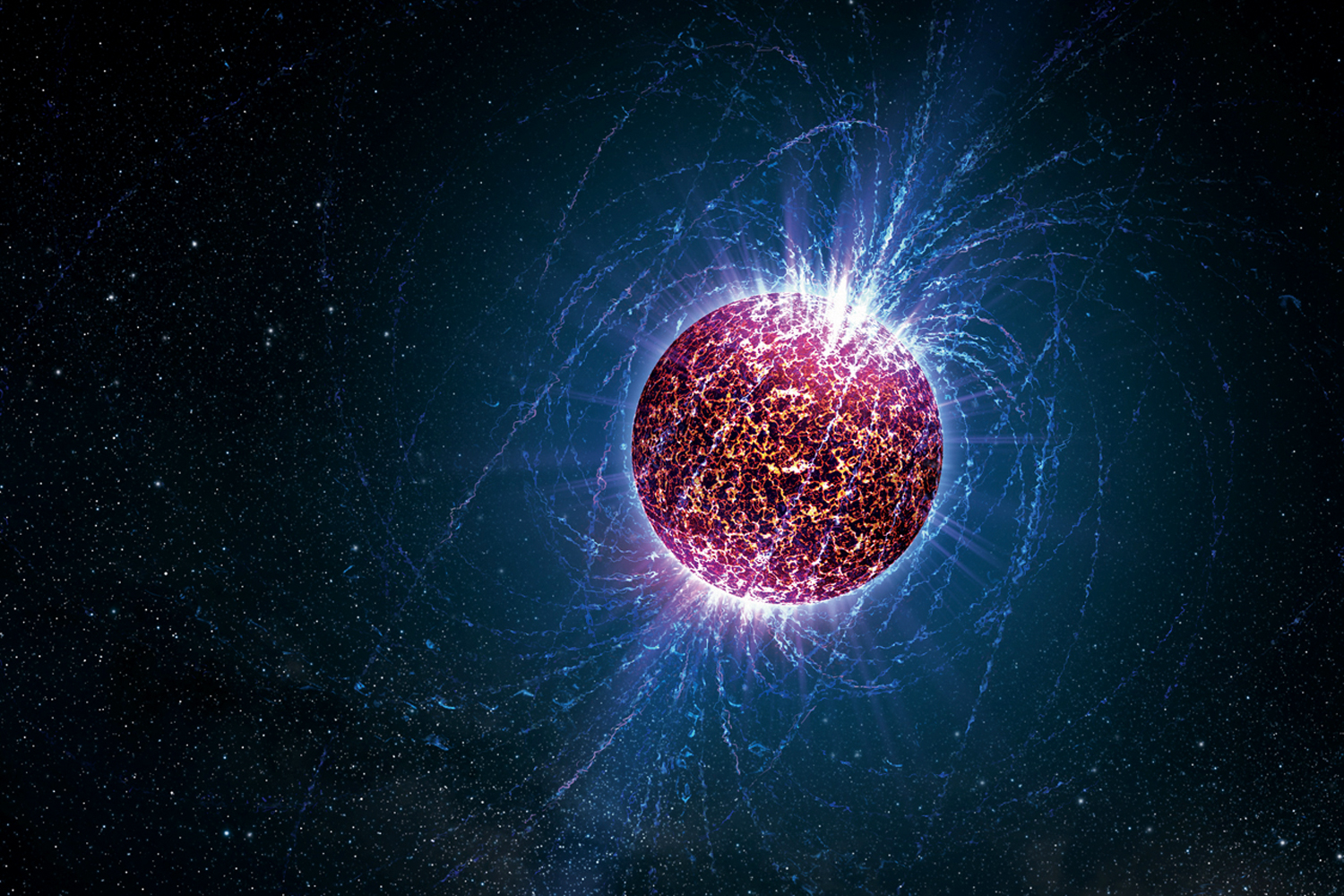
Now, after several years, scientists might have figured out what’s going on with the blasts of mysterious radio waves coming from outside the Milky Way. Astronomers suspect that distant neutron stars are the source.
These fast radio bursts (FRBs) are powerful radio pulses that last mere microseconds and come from unknown sources in deep space. Astronomers have only documented a handful of FRBs since their fleeting, unpredictable appearances make observations difficult.
These intense pulses of radio waves lasting just milliseconds can give off more energy in a fraction of a second than the sun does in hours, days or weeks.
Theories as to what’s causing FRBs include everything from magnetized neutron stars and supernovae through to supermassive black holes and the activities of extraterrestrial civilizations.
FRBs have long fascinated astronomers and now a team of researchers using the Arecibo Observatory, in a new study published in Nature shows how the shape and characteristics of the FRBs resemble the radio radiation from energy-rich neutron stars found in our galaxy.
Therefore, the researchers believe that the source may be a neutron star located in a dwarf galaxy three billion light-years.
The shape and characteristics of the radio flashes also indicate that they were created in an environment of hot ionized gas and a strong magnetic field.
Radio bursts are studied for mainly two reasons. One is to fundamentally understand them, where and why they occur. The second is that they can help us discover materials that exist between different galaxies and thus reveal to us what the universe looks like.
The researchers’ results have been published in the journal Nature.
Reference:
D. Michilli, A. Seymour. Whitlow An extreme magneto-ionic environment associated with the fast radio burst source FRB 121102











![OpenAI. (2025). ChatGPT [Large language model]. https://chatgpt.com](https://www.illustratedcuriosity.com/files/media/55136/b1b0b614-5b72-486c-901d-ff244549d67a-350x260.webp)
![OpenAI. (2025). ChatGPT [Large language model]. https://chatgpt.com](https://www.illustratedcuriosity.com/files/media/55124/79bc18fa-f616-4951-856f-cc724ad5d497-350x260.webp)
![OpenAI. (2025). ChatGPT [Large language model]. https://chatgpt.com](https://www.illustratedcuriosity.com/files/media/55099/2638a982-b4de-4913-8a1c-1479df352bf3-350x260.webp)








